Curly-Coated Retriever
The Curly-Coated Retriever is the oldest of the retrieving breeds known today. Their exact origin remains somewhat of a mystery, but it is known that these dogs made their first show appearance in 1860. Some unfamiliar with this breed can mistakenly think these dogs are a cross between Poodles and Retrievers.
They are known for their distinct curly coats and great work ethic. It is believed that this is the first breed that was actively used as a hunter's dog whose sole purpose was to retrieve. These days, the Curly-Coated Retriever is a great family pet and an excellent dog sport competitor.

Height:
23-27 in (58-69 cm)

Weight:
60-95 lb (27-43 kg)

Origin:
Great Britain

Life Expectancy:
10-12 years
Dog Breed Characteristics
The Curly-Coated Retriever is the most distinctive of all the retriever breeds due to its curly coat. It gives the impression of an elegant dog with great working ability. They are slightly longer than they are tall. These dogs can have black or brown noses, depending on the color of their coat.
They have a wedge-shaped head that is in good proportion to the rest of the dog’s body. Their eyes are oval-shaped and obliquely set, and they can come in various shades of brown, again, depending on the color of their coat. The Curly-Coated Retriever has small ears that are also covered in curls. Their backs are strong and level and they have deep chests. Their tail is usually carried in line with their backs.
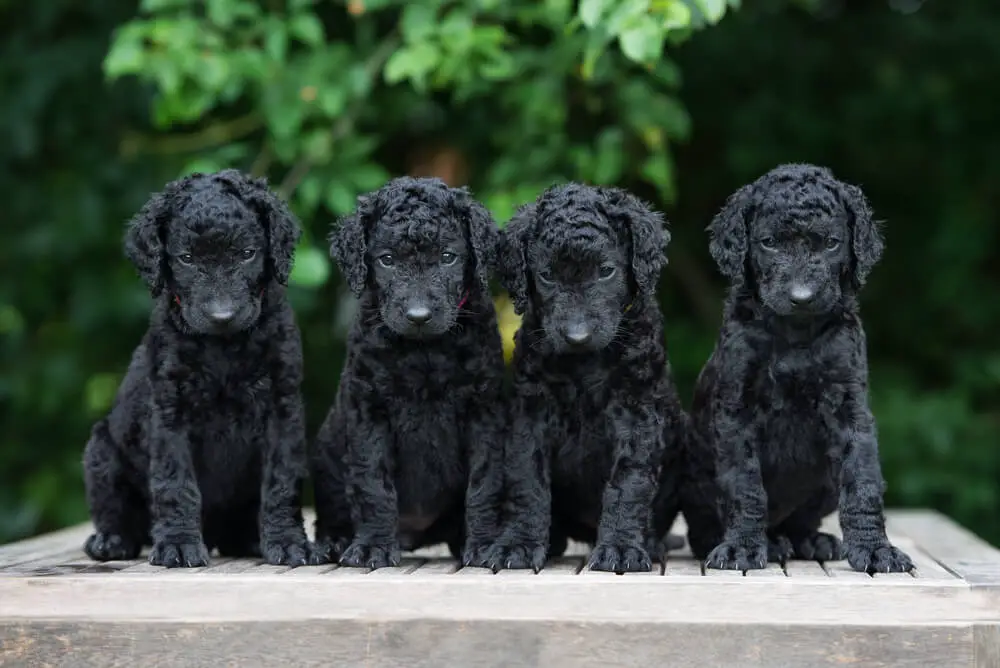
Grooming
Curly-Coated Retriever has a weather-resistant coat that serves as protection for dogs. These dogs shed twice a year- during shedding season and at that period, regular brushing is required.
Curly-Coated Retriever coat colors:
- black
- liver
The rest is basic care; trim their nails when needed (if they don't wear them down naturally), brush their teeth weekly to prevent tartar buildup and bacteria development. Regularly check their ears for any sign of redness or a bad odor that can indicate an infection. You can wipe their ears with a cotton ball dipped into an ear cleaner.
The key for your dog to get used to all things mentioned above is to start early with them. Make a positive experience for the dog, full of praises and rewards, and you can be sure that your dog will enjoy all these things when they grow up.
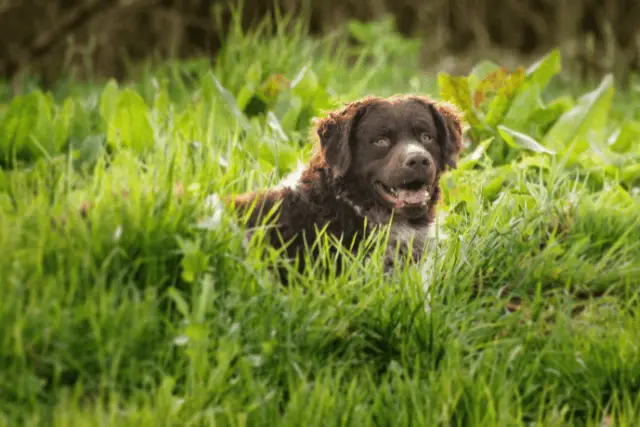
Exercise
Curly-Coated Retriever dogs are medium active, and they will need a proper amount of daily activities to be happy. Playing with his owner in the house, chasing the ball, or just long walks can all do the trick and satisfy this dog. If you provide him with enough daily activities, you don’t have to worry that your dog will miss behaving.
Curly-Coated Retriever temperament
The Curly-Coated Retriever has a great working drive. These dogs are tireless workers and will stay determined and focused on the job at hand until that job is completely done. The only issue is that they can take a bit longer to mature. They are not used for serious work until they are at least 18-24 months old.
They are a bit shyer than other retriever breeds, especially towards strangers but in general, they have a nice, even temper. The Curly-Coated Retriever is rather confident and alert, both at home and while working. They are also more independent than other breeds from the retriever family but remain eager to please and follow commands.
They are a working breed but can also be a great, active family pet.
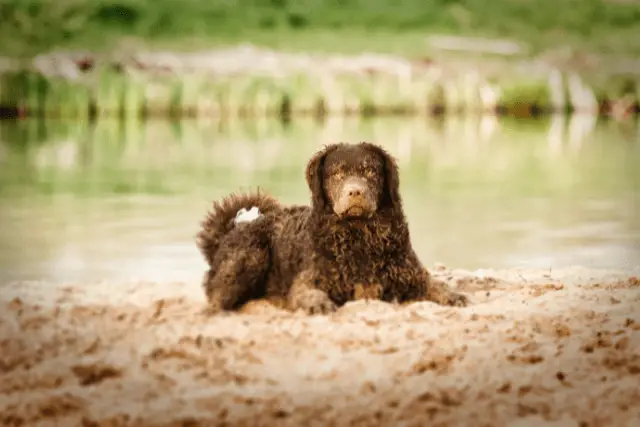
Training and socialization
When approaching the training of the Curly-Coated Retriever, keep in mind that these dogs take their time to mature. You can nurture their retrieving ability and teach them basic commands, but they will remain too immature to do any serious work until later in life.
Be patient and consistent, and include many treats and praises in your dog's training, and your dog will start showing great results in no time.
The Curly-Coated Retriever tends to be shy and their socialization should play a big part from the beginning of their life. Take your dog to busy parks where they can meet strange people and dogs. That way, your dog will feel confident and calm in similar social situations later in life. Curly-Coated Retriever’s socialization will ensure your puppy develops into a great, stable, and well-behaved dog.
Health problems
Like any other dog breed, the Curly-Coated Retriever can potentially develop health problems. If you are buying a dog, ensure the breeder can provide you with the necessary health tests and guarantees. Always ask to see the results of tests from the puppy’s parents.
The health problems these dogs are associated with are:
- Hip dysplasia - Genetic problem affecting hips resulting from an improperly formed hip joint.
- Progressive Retinal Atrophy - Group of diseases that affect the retina and cause it to deteriorate over time.
- Elbow Dysplasia - Usually, it affects large breeds and is caused by uneven growth of three bones making a dog’s elbow.
- Entropion - A defect causing the eyelid to roll inward.
- Ectropion - A defect causing the eyelid to roll out or sag.
- Melanoma
- Osteosarcoma
- Gastric Torsion - Also known as bloat. A dangerous condition that causes the stomach to twist (torsion).
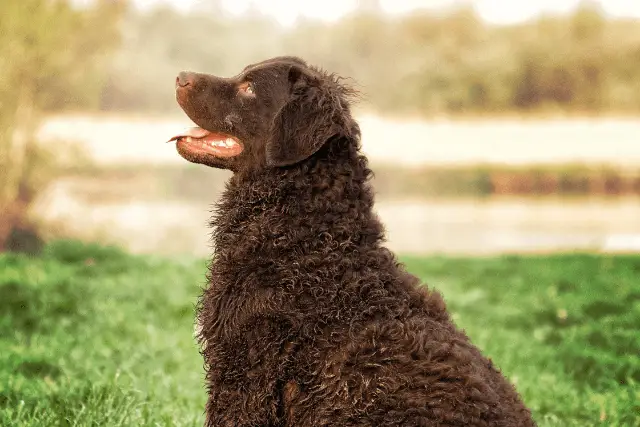
The Curly-Coated Retriever is generally considered a very healthy breed that can live 10-12 years.
To be sure that your dog will be healthy always buy him from a responsible dog breeder who regularly tests their breeding dogs to secure that their puppies will be healthy as well.
Breeders
If you decided that this is the right dog for you, now it's time to find a good and responsible Curly-Coated Retriever breeder. Buying a dog from such a breeder will provide you with a healthy puppy who will not have health and temperament problems.
Buying a dog from a responsible breeder will cost you more money, but you can be sure that you will get a healthy puppy. If you are unable to buy a dog, we advise you to search for local animal shelters because there is a chance you can find a Curly-Coated Retriever dog in it.
SEARCH CURLY-COATED RETRIEVER BREEDERS
World Dog Finder team

Updated at31.08.2023.
Breed History
Curly-Coated Retriever history is still fairly unknown but we know that these dogs were prized by gamekeepers who loved them because of their hunting abilities. The popularity of these dogs decreased when Labrador became a favorite for hunters. World War nearly destroyed the breed and a few breed enthusiasts managed to save the breed from extinction.
Curly-Coated Retriever was imported into the US in 1907.
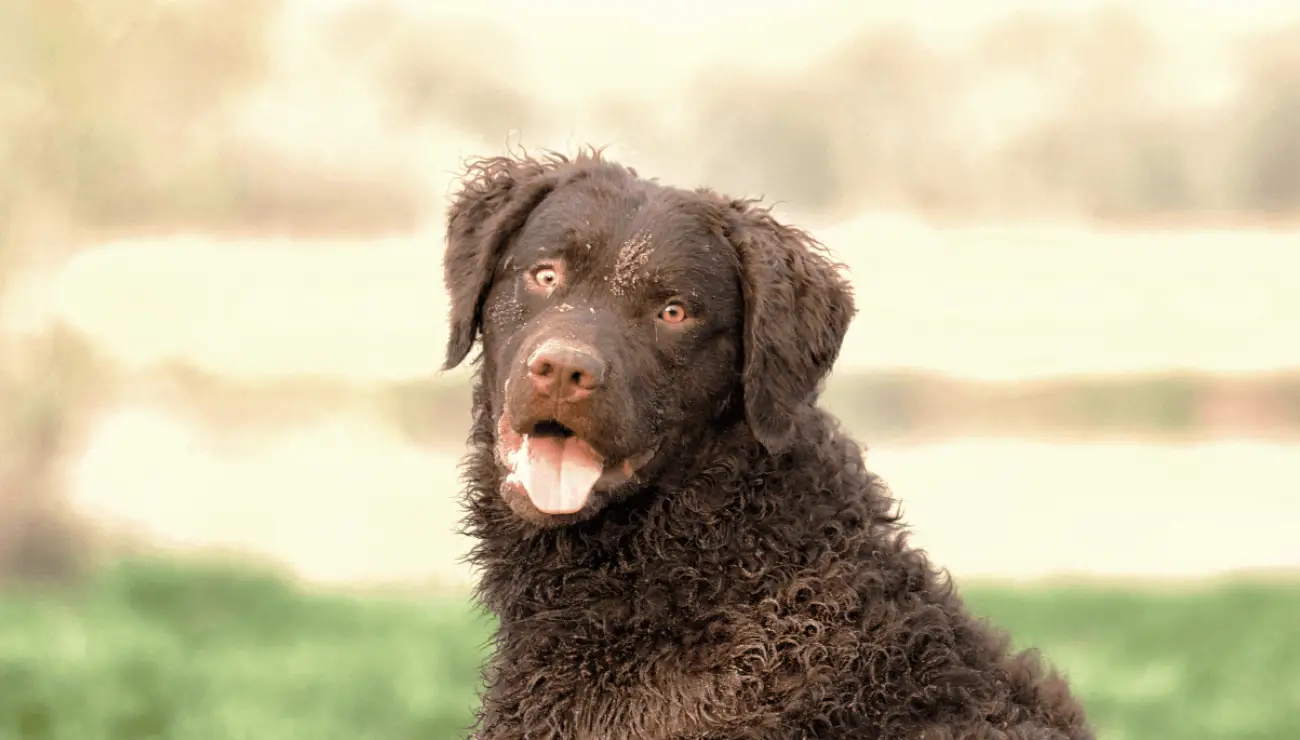
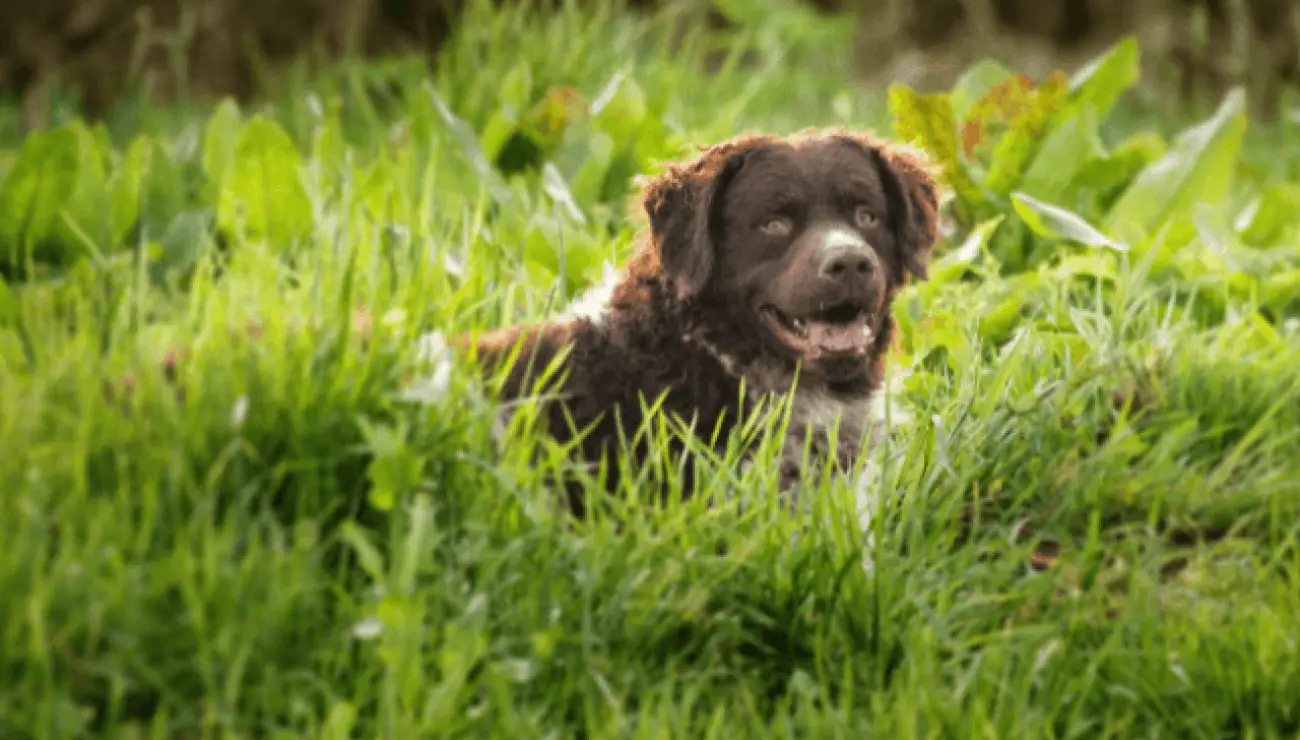
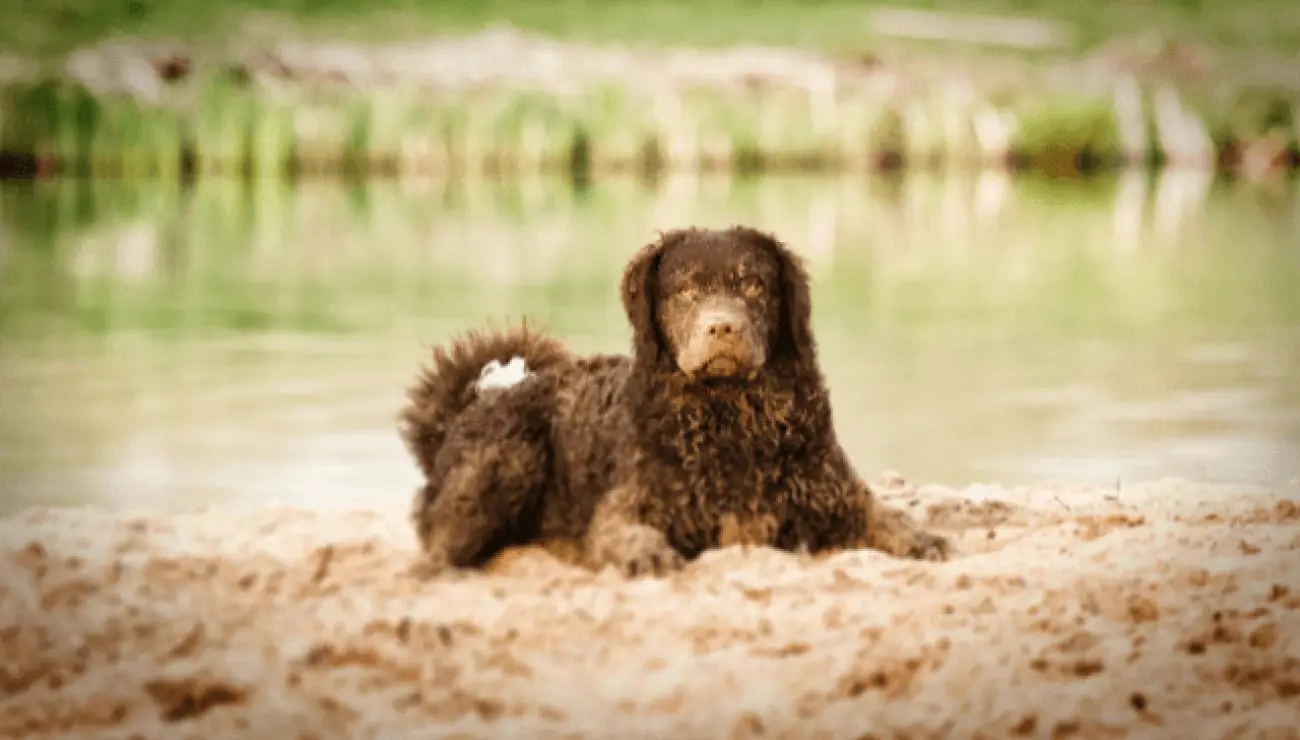
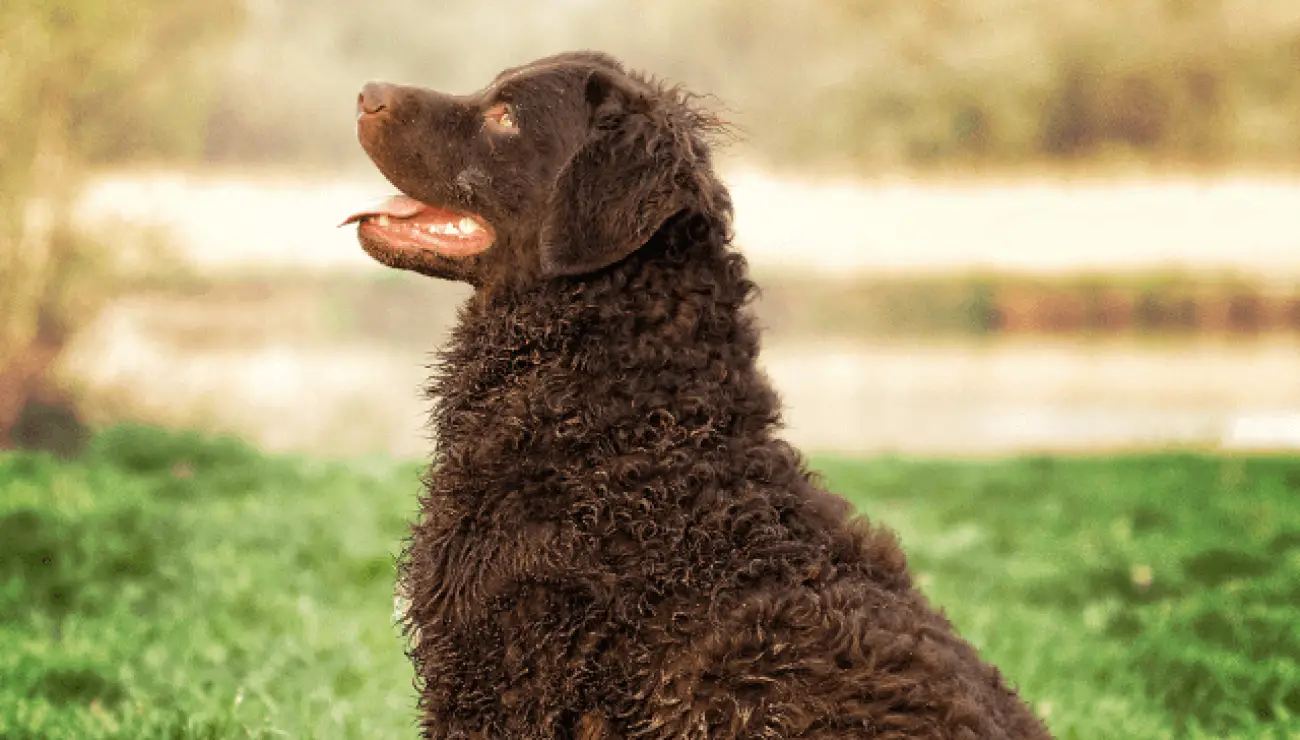
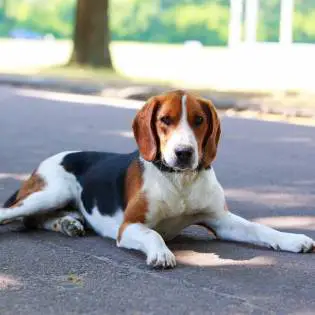
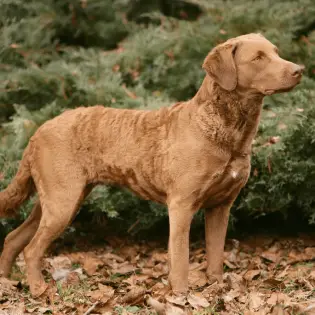
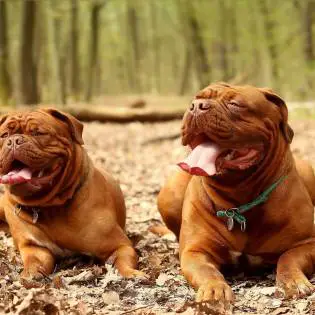
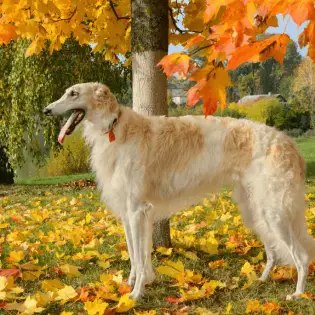
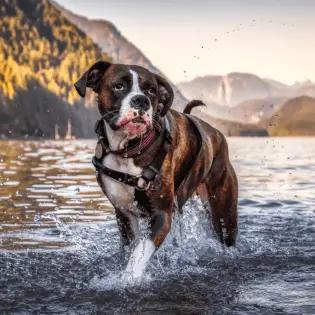
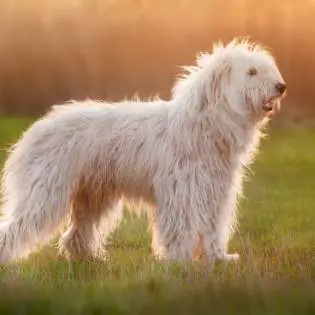
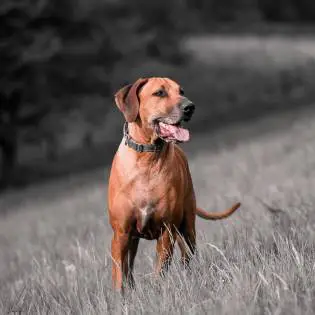
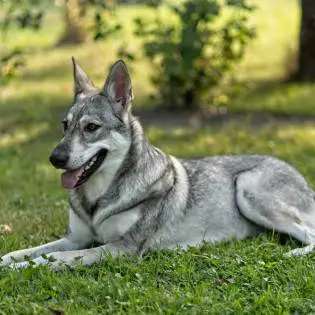
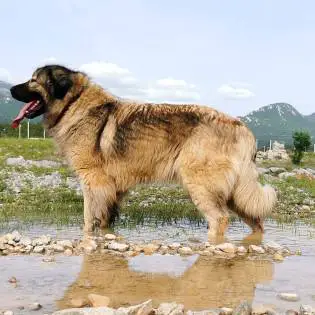

Share